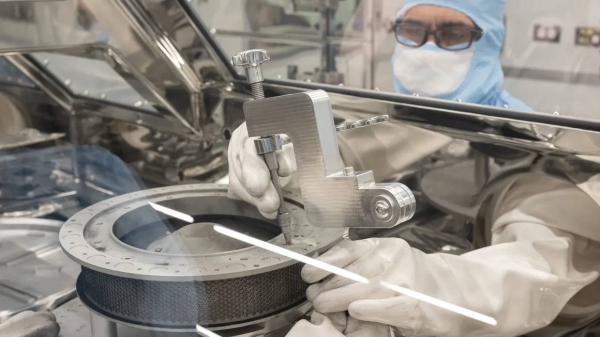
A 66-million-year old murder mystery has finally been solved, researchers say, revealing an enormous asteroid struck the killer blow for the dinosaurs.
The Cretaceous/Paleogene extinction event resulted in about 75% of plants and animals, including non-avian dinosaurs, being wiped out. But the driving cause of the catastrophe has been a topic of hot debate.
Some scientists say the 10-km-wide asteroid that smashed into Earth and created the Chicxulub crater was the chief cause, with the strike sending up vast quantities of material that blocked the sun, triggering a prolonged, cold period that caused devastation.
However, others say volcanic activity in Indias Deccan region was the main driver, causing large-scale climate change. Volcanic eruptions have previously been found to have driven other mass extinctions, including the end-Permian mass extinction.
Still others have suggested the two acted together, possibly with the asteroid the last straw after a long period of instability caused by volcanic activity. Now researchers say they have unpicked the mystery by modeling the ecological effects of the different possibilities.
Dr. Alfio Alessandro Chiarenza, researcher at University College London, said: "When we produced the different scenarios both for either the two things happening together, or completely separated, we see the asteroid is the only event that can completely eradicate the habitats that can be suitable for dinosaurs."
Writing in the Proceedings of the National Academy of Sciences, Chiarenza and colleagues report how they built models to explore how the different disasters would have affected the planets climate and, crucially, the habitats in which dinosaurs lived, from tyrannosaurs to the armored ankylosaurs.












